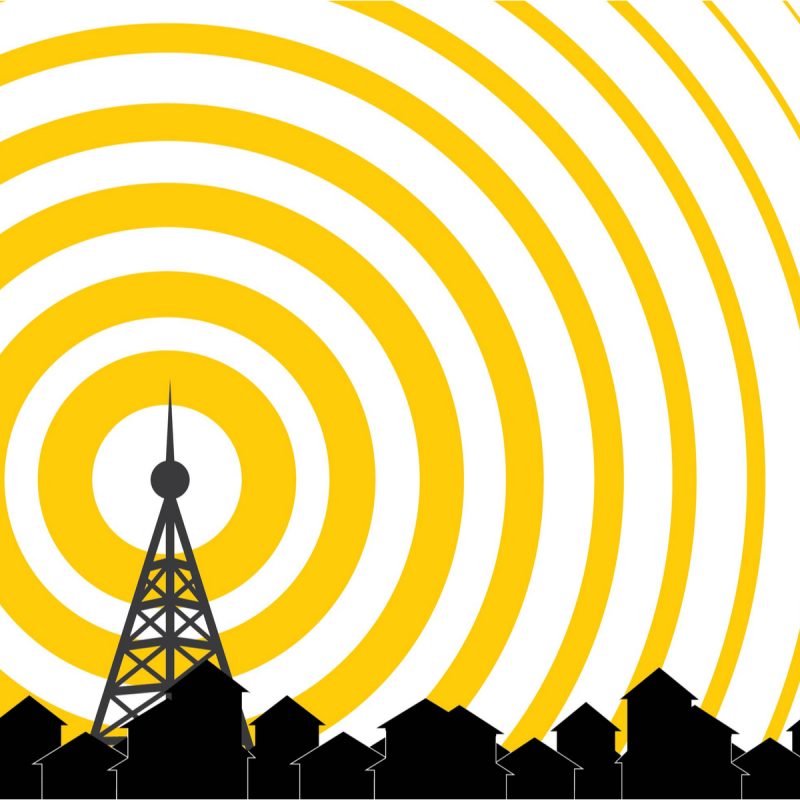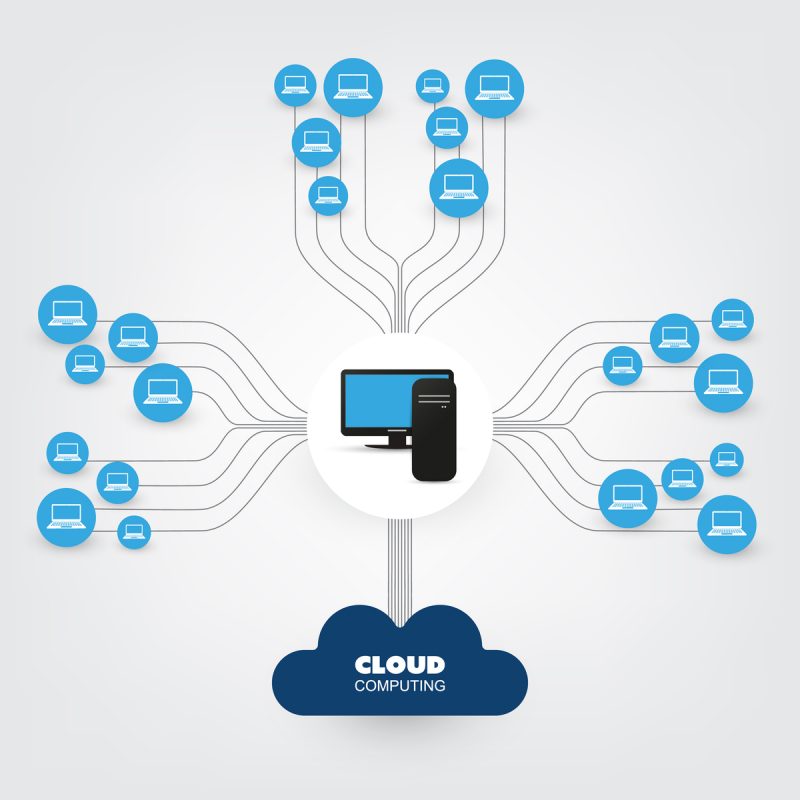Estimated reading time: 2 minutes
From human error, to more strategic attacks, network failure can occur whenever and wherever. Network failure can totally shut down. Network connectivity failures can interrupt the ability to effectively conduct business as POS and other networks’ attached devices will go offline. This can result in a loss of sales and the ability to conduct business.
What are Some Causes of Business Downtime?
When it comes to managing ATMs, food service locations, POS terminals, convenience stores, and shopping malls, unshakeable internet connectivity is a must-have in this modern age. It’s expected at this point. Brand reputations will likely require it. You wouldn’t want to be the fine clothier in town who can’t even process a transaction due to Wi-Fi issues. How embarrassing. 
Cutting the LAN line, coming into contact with faulty equipment, weather tragedies, and human error can likely be the cause of network failure. Downtime can come at a high cost, up to $20,000 per day when it comes to medium-sized businesses. Network failure can disrupt an associates ability to process transactions, track inventory, dispense cash, and realistically perform any other task.
Businesses should learn to augment their original primary connection with a backup connection. Backup lines can be pretty vulnerable at times. Since they are typically run on the same poles and line with similar termination points.
Benefits of Cellular Backup
 Wireless cellular connections are utilized for backup connectivity points very often. Both rely less on expensive wireless solutions to enable the ability to grow and upgrade with cellular network enhancements. When a wireless system fails, connections will automatically failover to a 4G LTE connection. This works to ensure a sense of internet connectivity.
Wireless cellular connections are utilized for backup connectivity points very often. Both rely less on expensive wireless solutions to enable the ability to grow and upgrade with cellular network enhancements. When a wireless system fails, connections will automatically failover to a 4G LTE connection. This works to ensure a sense of internet connectivity.
Cellular Backup provides a sense of reliability, by providing broader LTE coverage in erasing any speed discrepancies between wireline and wireless connections. 5G should assist this as well.
Better Redundancy is almost guaranteed as well. A cellular failover connection avoids the inherent problem that comes along with shared devices and carriers, through a separate modem. This enables you switch between different wireless carriers for greater redundancy and cost management.
A heightened sense of security is added on too. A firewall with the best practice configurations, automated patches, and updates is the right level of security. This further promotes simplicity, meaning there is no need to replace your existing router, and since it would be an out-of-band port, you’d be able to configure and troubleshoot remotely.
The quality and cost of cellular connectivity is attractive as a backup option, when it comes down to it. The cost of running wired cable is significant in that, landlines are now cost-prohibitive. The pace of cellular technology is running this shift.
Out-of-Band Network Management
When a device is offline or the network is down, the administrator must be able to shut down any remote equipment. This ensures that the network administrator can access a remote site if the WAN or LAN is down. This is enabled via a serial console port that offers a management interface for troubleshooting issues with networking equipment, devices, and servers.
Retail Operational Costs = Reduced
Overall, Network Failover will make your business more efficient, holding an enormous impact on operating costs. With a cellular failover solution, a backup connection can be identified and handled remotely. Cellular failover keeps your SMB up and running, with little to no losses or perceived downtime.

